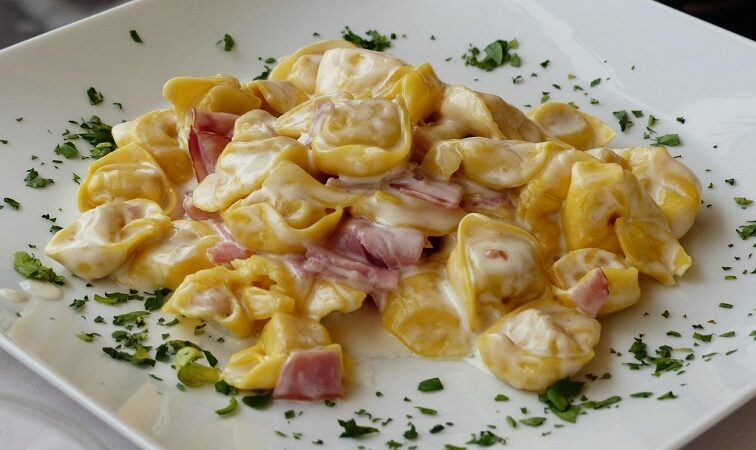Why Are Cats So Soft?
Cats have long been admired for their soft, luxurious fur, which adds to their charm and appeal. But what makes cats so incredibly soft? This exploration delves into the biological, evolutionary, and behavioral factors that contribute to their delightful softness.
Table of Contents
Toggle1. The Anatomy of Cat Fur
a. Fur Structure
Cat fur is composed of several types of hairs, each serving a different purpose. The primary types include:
- Guard Hairs: These are the long, stiff hairs that form the outer layer of a cat’s coat. They provide protection from the environment and help repel water.
- Undercoat: Beneath the guard hairs is the undercoat, which consists of shorter, softer hairs that provide insulation. The undercoat is dense and fluffy, contributing significantly to the softness of a cat’s fur.
- Whiskers: Though not technically part of the fur, whiskers are an essential tactile tool for cats. They are sensitive to touch and help cats navigate their surroundings, adding to the overall tactile experience of interacting with them.
b. Hair Growth Cycle
The softness of a cat’s fur is also influenced by its hair growth cycle. Cat fur goes through three main stages:
- Anagen: The growth phase, where the hair follicle is actively producing new hair.
- Catagen: The transitional phase, where growth slows and the hair follicle prepares to shed.
- Telogen: The resting phase, where the hair is eventually shed to make way for new growth.
Healthy fur results from a well-balanced cycle, with the undercoat growing to a plush and soft texture.
2. The Role of Genetics
a. Breed-Specific Traits
Certain cat breeds are renowned for their exceptionally soft fur. For instance:
- Persians: Known for their long, flowing coats, Persians have a dense undercoat that is incredibly soft.
- Sphynx: Although hairless, the Sphynx’s skin feels warm and soft due to the lack of fur.
- Maine Coons: These large cats have a thick, water-resistant coat that is soft and luxurious.
Genetics plays a significant role in determining the texture and quality of a cat’s fur, with specific breeds having evolved to develop distinctive coat types.
b. Genetic Variations
Even within a breed, individual cats can have variations in fur softness due to genetic differences. These variations can be influenced by factors such as:
- Recessive Genes: Some soft fur traits are controlled by recessive genes, which can result in softer fur when both parents carry these genes.
- Mutations: Occasionally, mutations in genes related to fur texture can lead to unique fur types, contributing to the overall softness.
3. Grooming and Maintenance
a. Self-Grooming
Cats spend a significant portion of their day grooming themselves. This behavior helps maintain their fur’s softness in several ways:
- Removing Dirt: Grooming helps cats remove dirt, debris, and loose hairs from their coats, which can otherwise cause the fur to feel coarse.
- Distributing Natural Oils: Cats have sebaceous glands that produce natural oils. Grooming helps distribute these oils evenly, keeping the fur soft and shiny.
b. Regular Brushing
For domesticated cats, regular brushing can enhance their fur’s softness. Brushing helps:
- Prevent Matting: Regular brushing prevents the fur from becoming tangled and matted, which can affect its softness.
- Reduce Shedding: It helps manage shedding by removing loose hairs, reducing the accumulation of dead fur.
4. Environmental and Nutritional Factors
a. Diet and Health
A cat’s diet can greatly influence the quality and softness of its fur. Essential nutrients that contribute to a soft coat include:
- Omega Fatty Acids: These are crucial for maintaining healthy skin and a shiny, soft coat.
- Proteins: Adequate protein intake supports healthy hair growth and fur condition.
b. Environmental Factors
A cat’s environment also plays a role in its fur texture. Factors such as:
- Humidity: Proper humidity levels can help maintain fur softness by preventing it from becoming dry and brittle.
- Temperature: Extreme temperatures can affect the condition of a cat’s fur, making it either overly dry or greasy.
Conclusion
The softness of a cat’s fur is a result of a complex interplay between its anatomical structure, genetic factors, grooming habits, and environmental influences. Each element contributes to the luxurious, velvety feel that makes cats so irresistible to touch. Whether through their natural evolutionary adaptations or the care they receive from their human companions, cats continue to captivate us with their wonderfully soft coats.
FAQs
Q1: What makes a cat’s fur feel so soft?
A1: A cat’s fur feels soft due to its unique structure and the presence of different types of hairs. The soft undercoat is made up of fine, dense hairs that provide insulation and contribute significantly to the overall softness. The fur’s softness is also enhanced by the regular grooming habits of cats, which help distribute natural oils and keep the coat clean and smooth. Additionally, genetic factors and breed-specific traits play a role, with some breeds having naturally softer fur than others.
Q2: How can I keep my cat’s fur soft and healthy?
A2: To maintain your cat’s soft and healthy fur, regular grooming is essential. Brush your cat’s fur frequently to remove loose hairs, prevent matting, and distribute natural oils evenly. Providing a balanced diet rich in omega fatty acids and proteins can also contribute to a softer, shinier coat. Additionally, maintaining a comfortable environment with appropriate humidity levels can help keep your cat’s fur in optimal condition. Regular vet check-ups ensure that your cat’s overall health supports a healthy coat.






